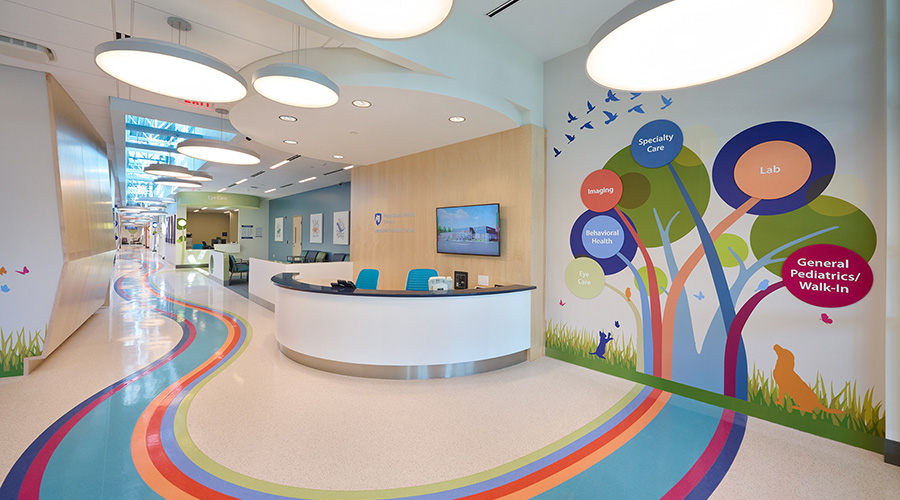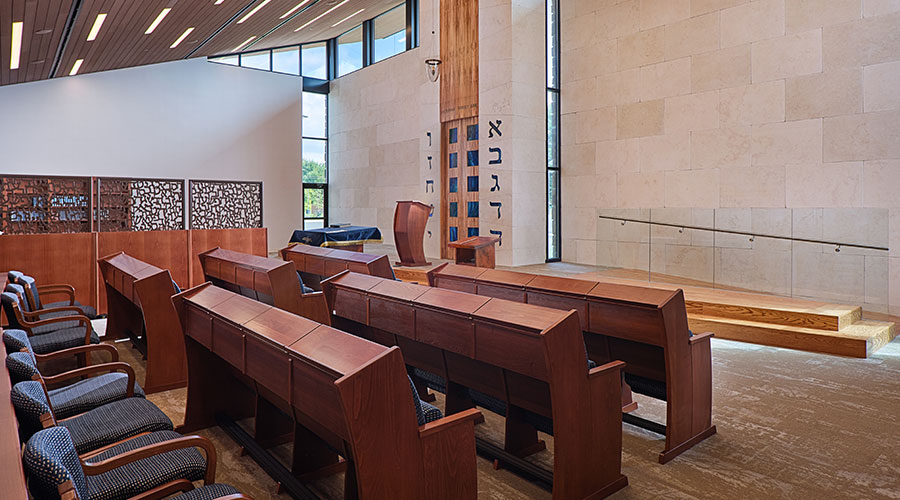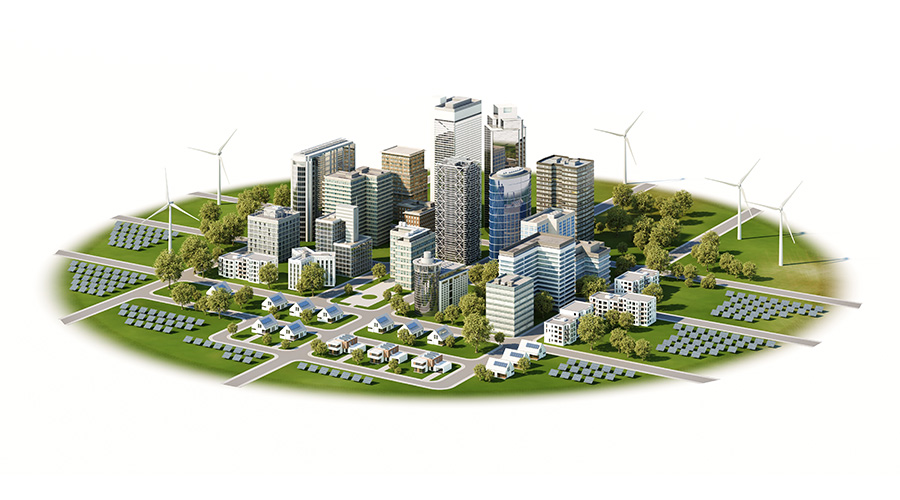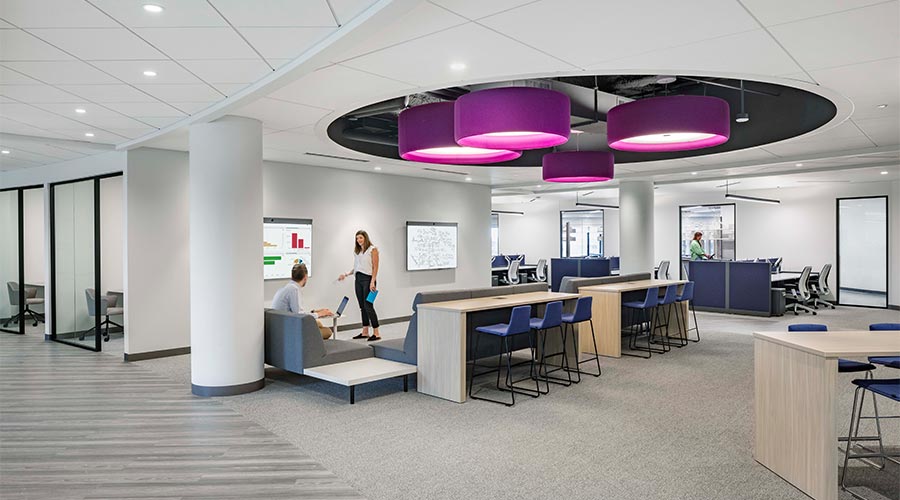Office Design Must Support Evolution Of Changing, Collaborative Work Environment
Depending on the term you prefer, we now live in a social economy, a collaborative economy, or a connection economy. But as the economists and marketers hash it out and books on leadership in the new economy come out by the dozens, there is still a very important question on the table: How do our workplaces support this evolution?
We've torn down metaphorical walls around who holds the power in our changing world. But we're still inhabiting buildings, working inside of real walls. Even as our ideas about work/life balance evolve, we're still (for the most part) coming to work, spending our days there, and then leaving.
As we move forward, how does the overlay of connection and collaboration shape our workplaces? Where have trends and initiatives already led us — and to what ends? In what ways has the intense focus on designing for collaboration and mobility — with less personal space for each employee and more shared space — been shortsighted in the past few years? And finally, where is the opportunity to truly merge progressive thinking about open work environments with what any given company and its people truly need?
These questions are architecture questions, which is to say they are questions about people, place, culture, and business objectives. Experience has taught four important lessons regarding these questions and the workplace design innovations of the past few years.
Lesson #1: It's time to stop either/or thinking.
The totally open office has promised many things, including more creativity, better ideas through collaboration, and a higher level of employee satisfaction. The thinking was that more visibility, fewer closed doors, less spatial hierarchy, and more close quarters would breed all of these things. For the most part, it's a valid premise about organizational culture, the distance to power, and a generational shift to more organic group work.
However, once this concept caught on, many companies started adopting it, often without any consciousness of who they were, who their employees were, or how they did their work. It's not that it never succeeded: It did and it still does for many organizations. But there was a randomness about when it succeeded, especially with new companies seeking an identity and unique culture. And often, it didn't work well at all.
There was (and continues to be) a backlash by employees, ranging from specific complaints — such as the inability to concentrate — to larger problems, like feeling disenfranchised when their concerns were brushed aside in the name of "good design." In fact, there's plenty of hard data that shows a great deal of employee dissatisfaction with the open office environment, even as the open office becomes more and more pervasive. Even The New Yorker ran a piece earlier this year about all the ways the open office hasn't lived up to its hype.
The lesson isn't that the open office doesn't work. The lesson is that it doesn't work for everyone, so consider the array of possible solutions and choose "the right tools for the job." More specifically, the either/or dichotomy is especially limiting. We live in a time when both/and can apply within the same company, too. In other words, the idea that you either need to be progressive with the open office or resort to an outdated model misses the boat in so many ways, which is really a shame because there are some truly great things about the open office concept.
Companies and building owners also have to step outside of the trap of thinking they either have to adopt a trend or fall behind. The reality is that companies need the right solution for their unique organization. And that solution doesn't begin with the end, the design. It begins with the beginning, which is defining who you are.
Related Topics:














